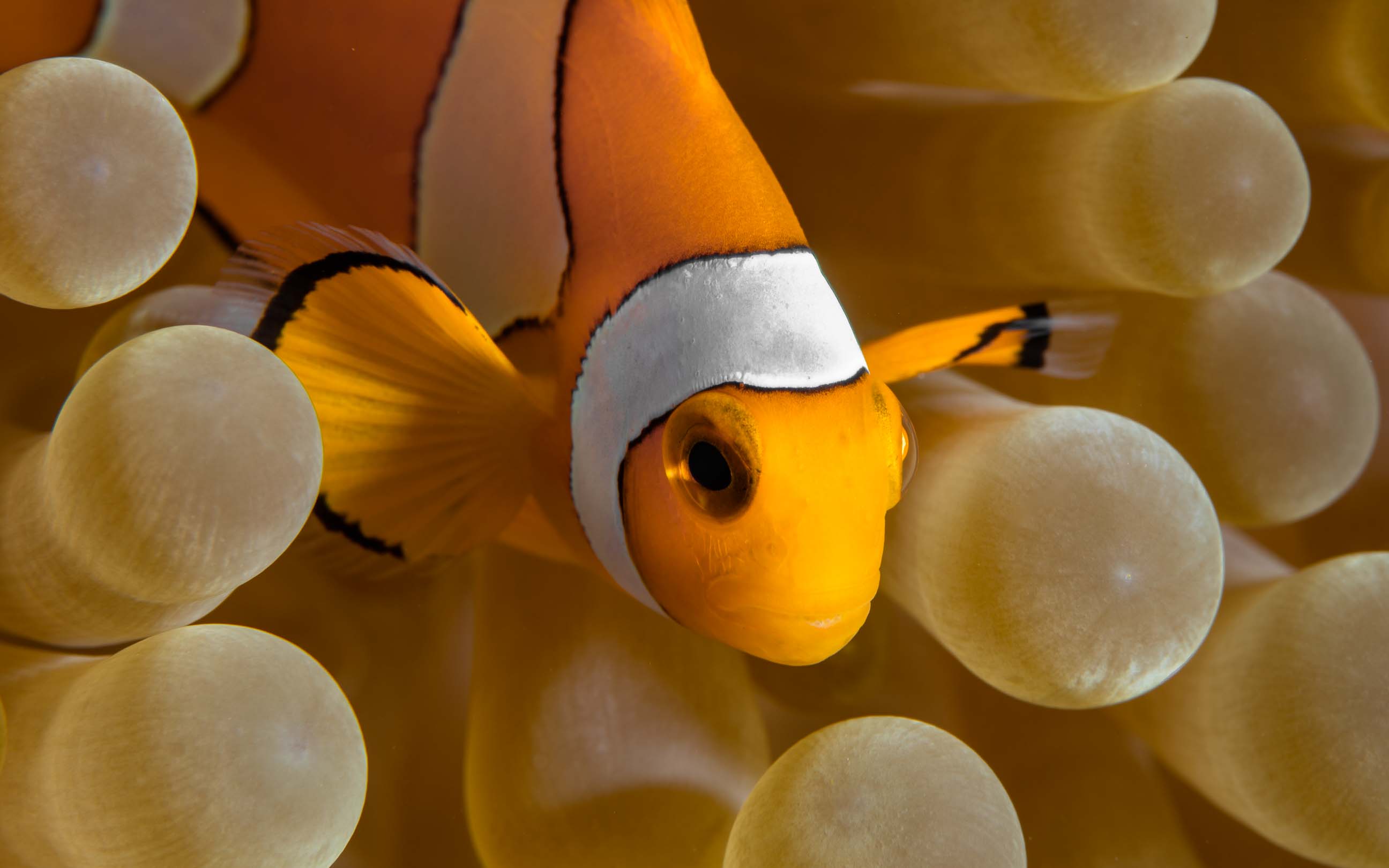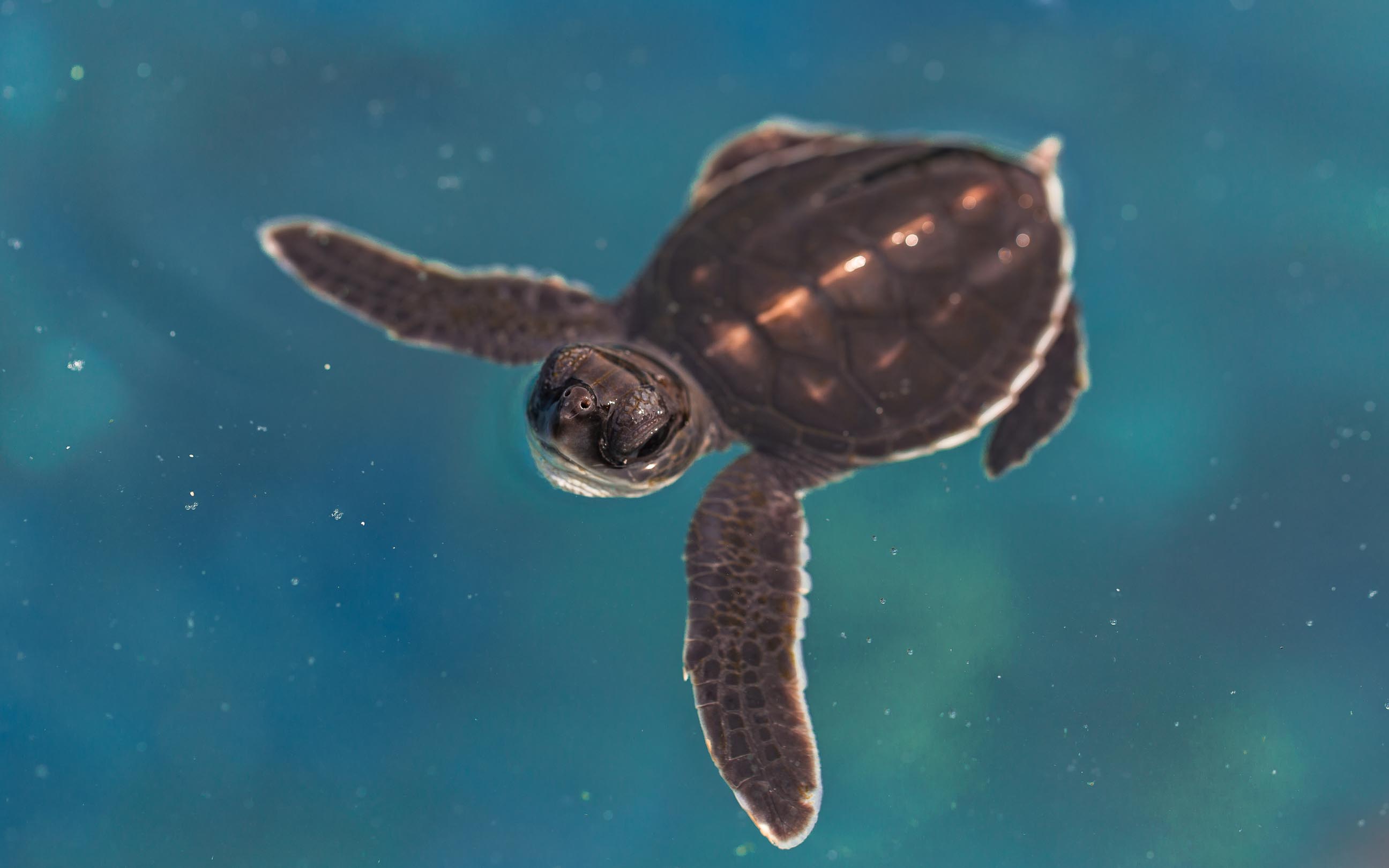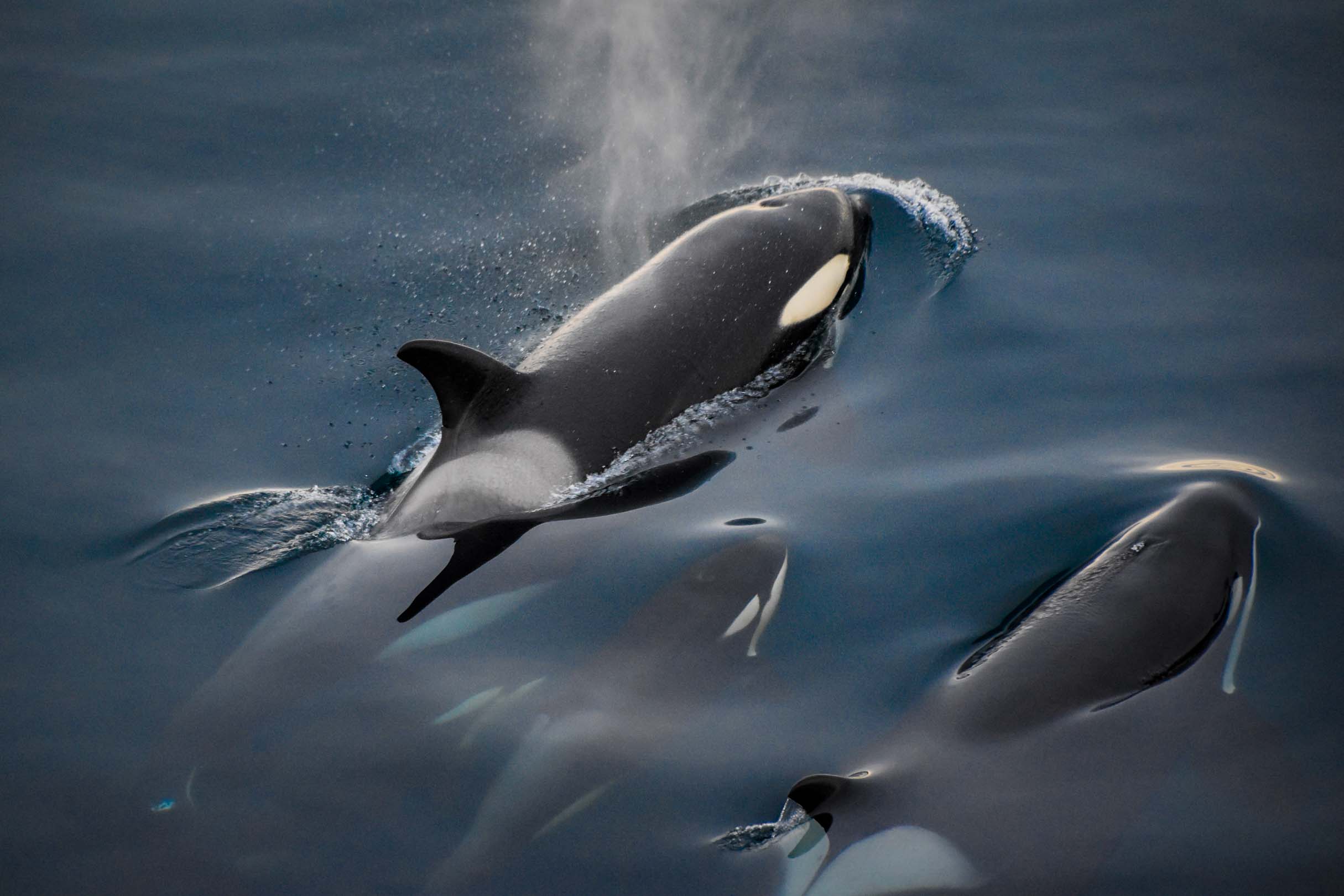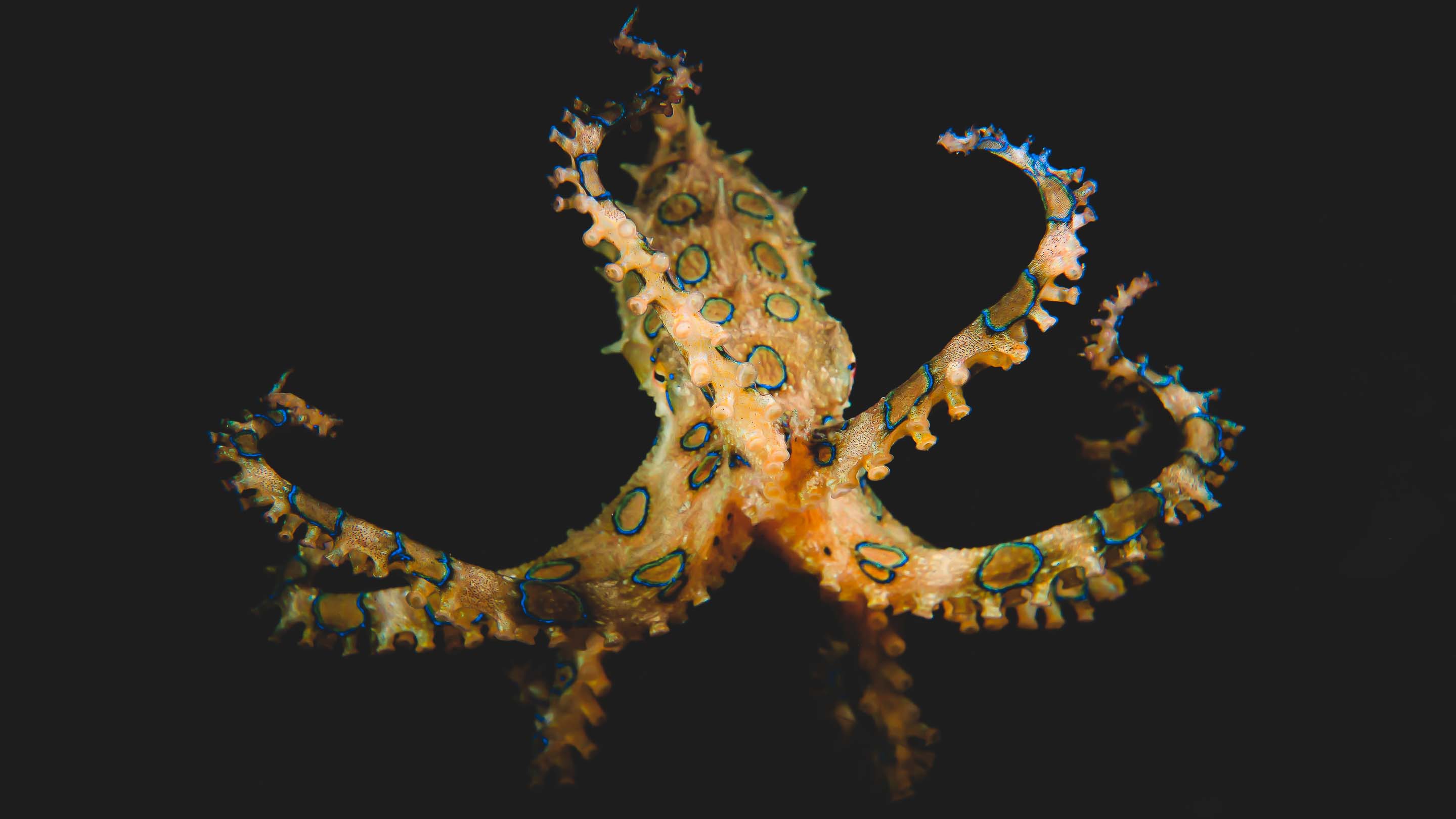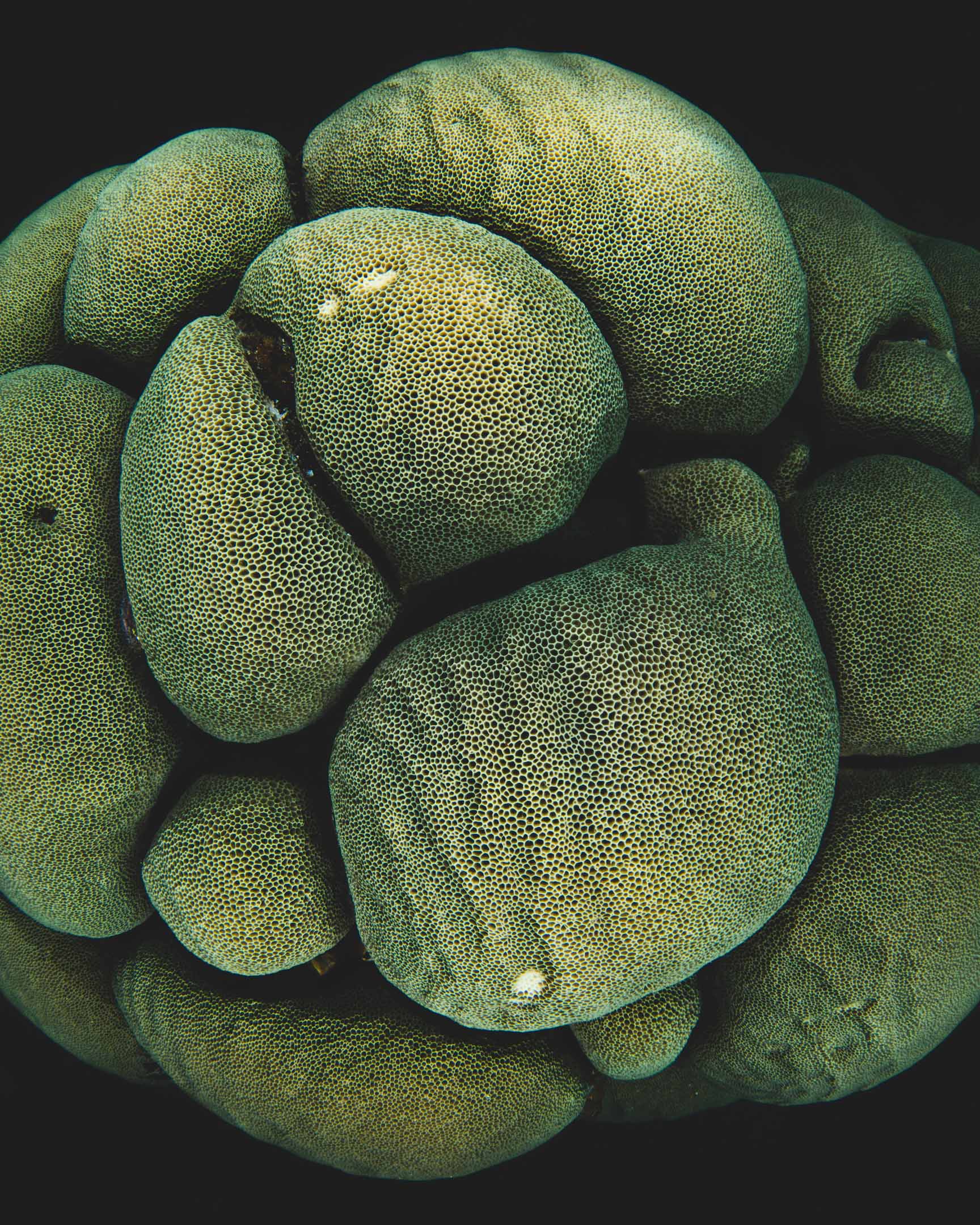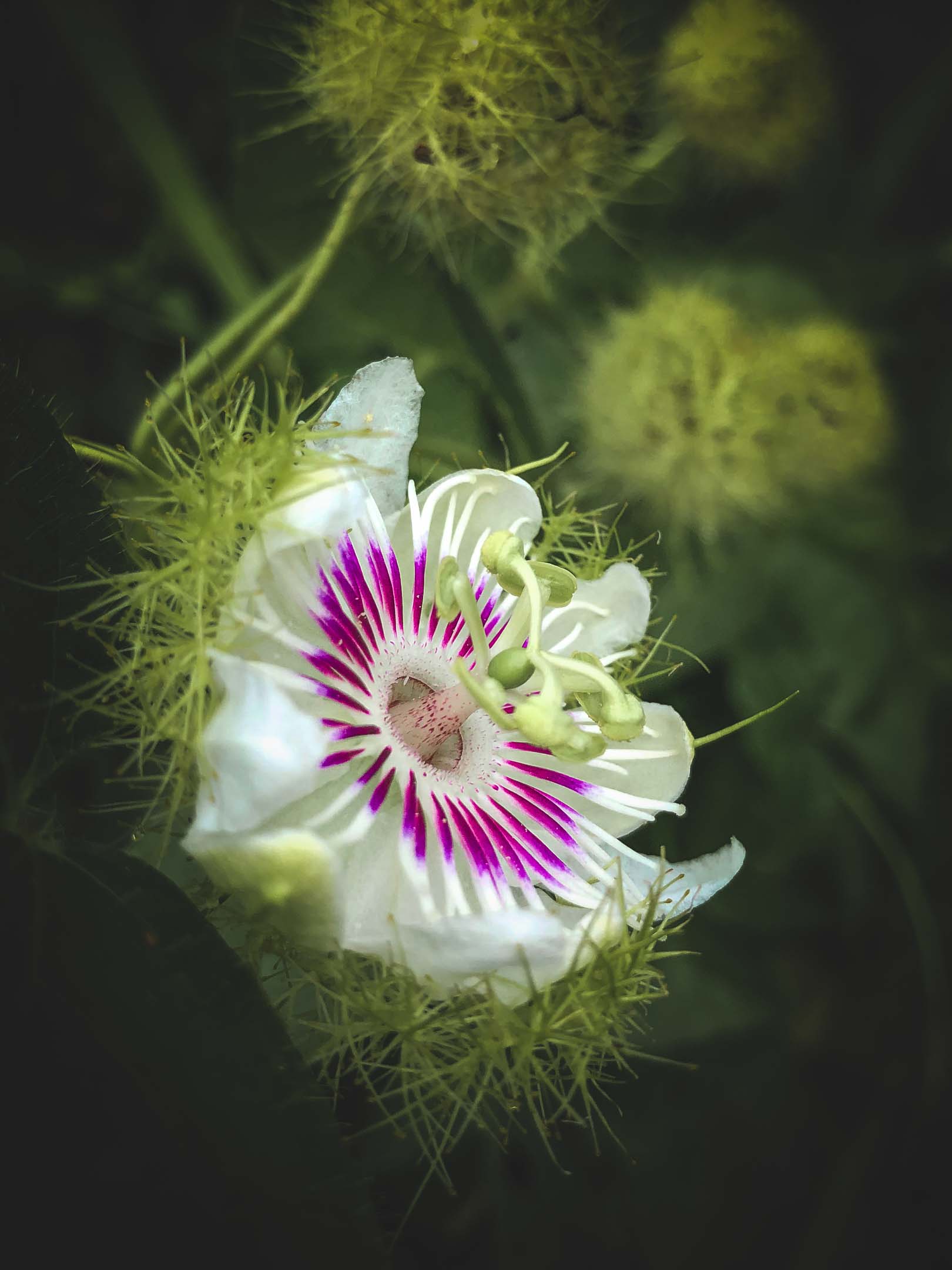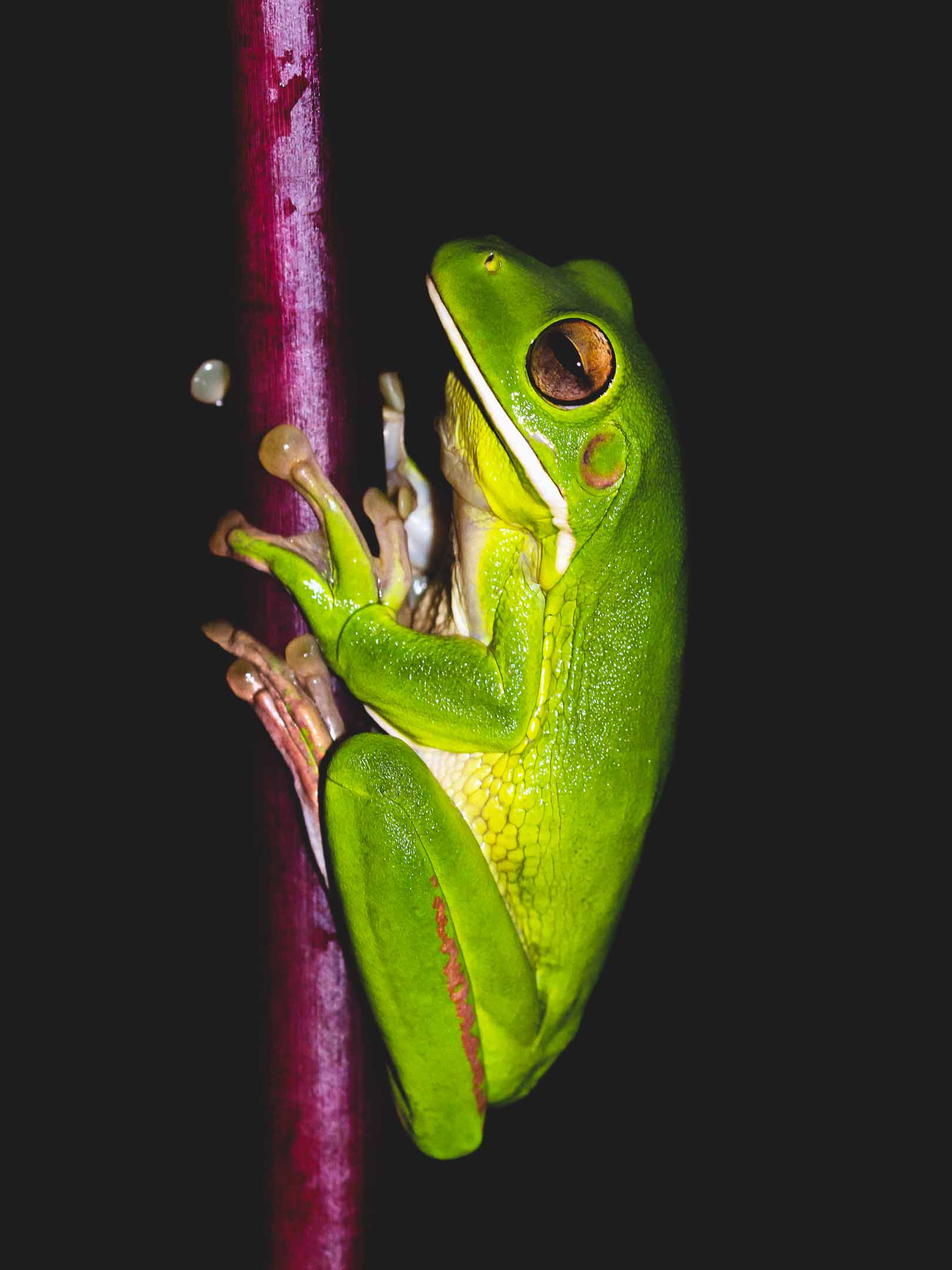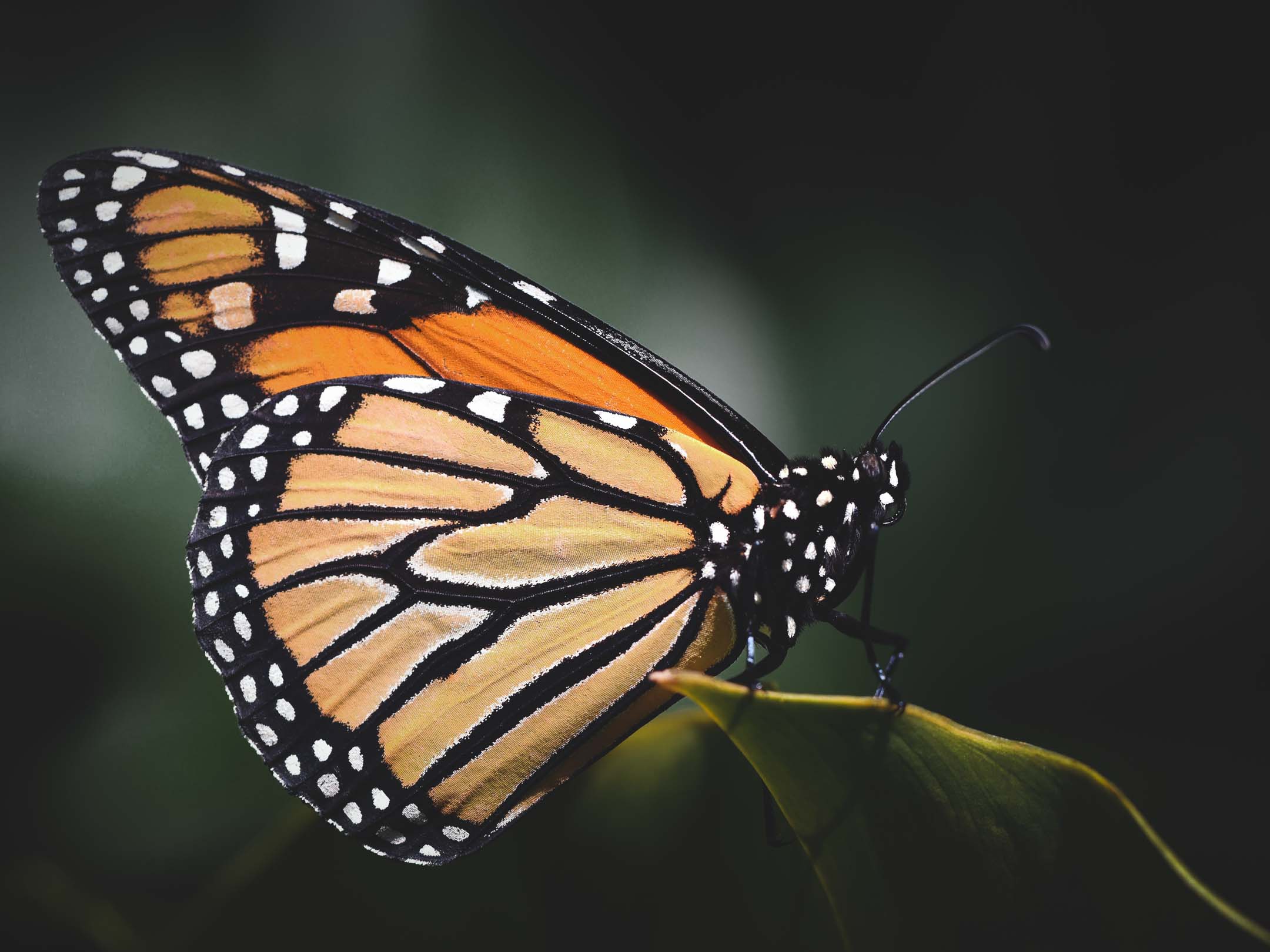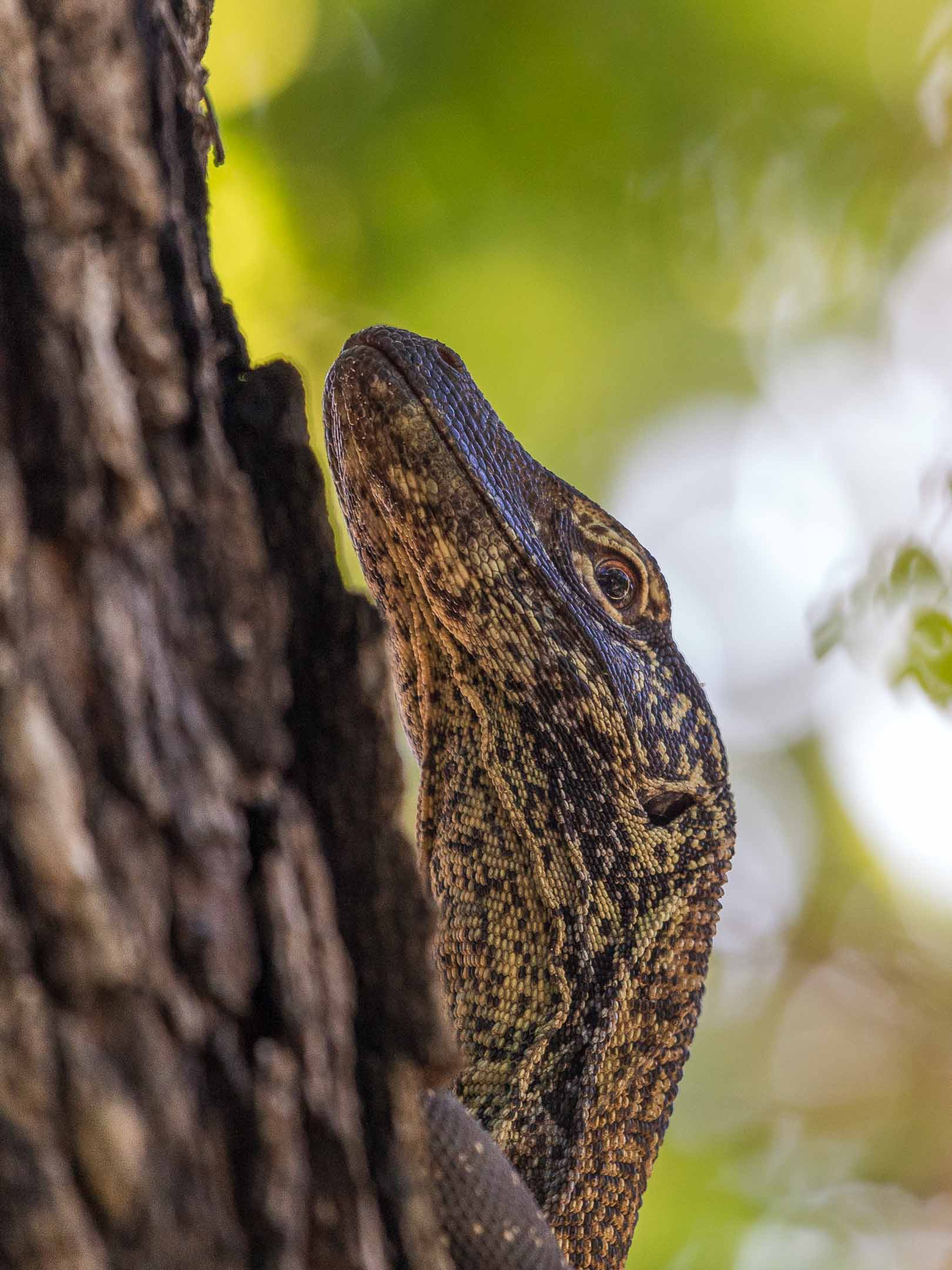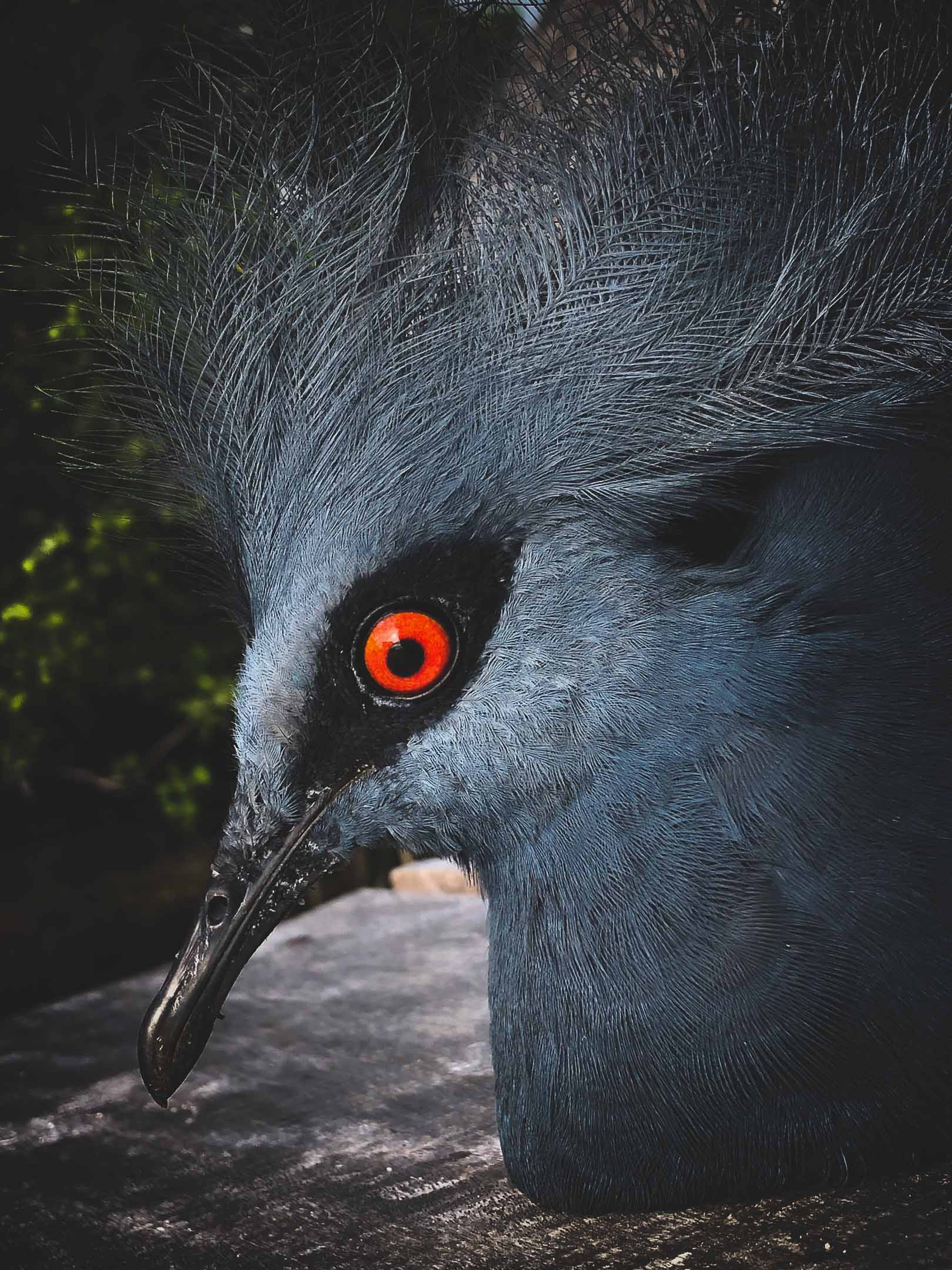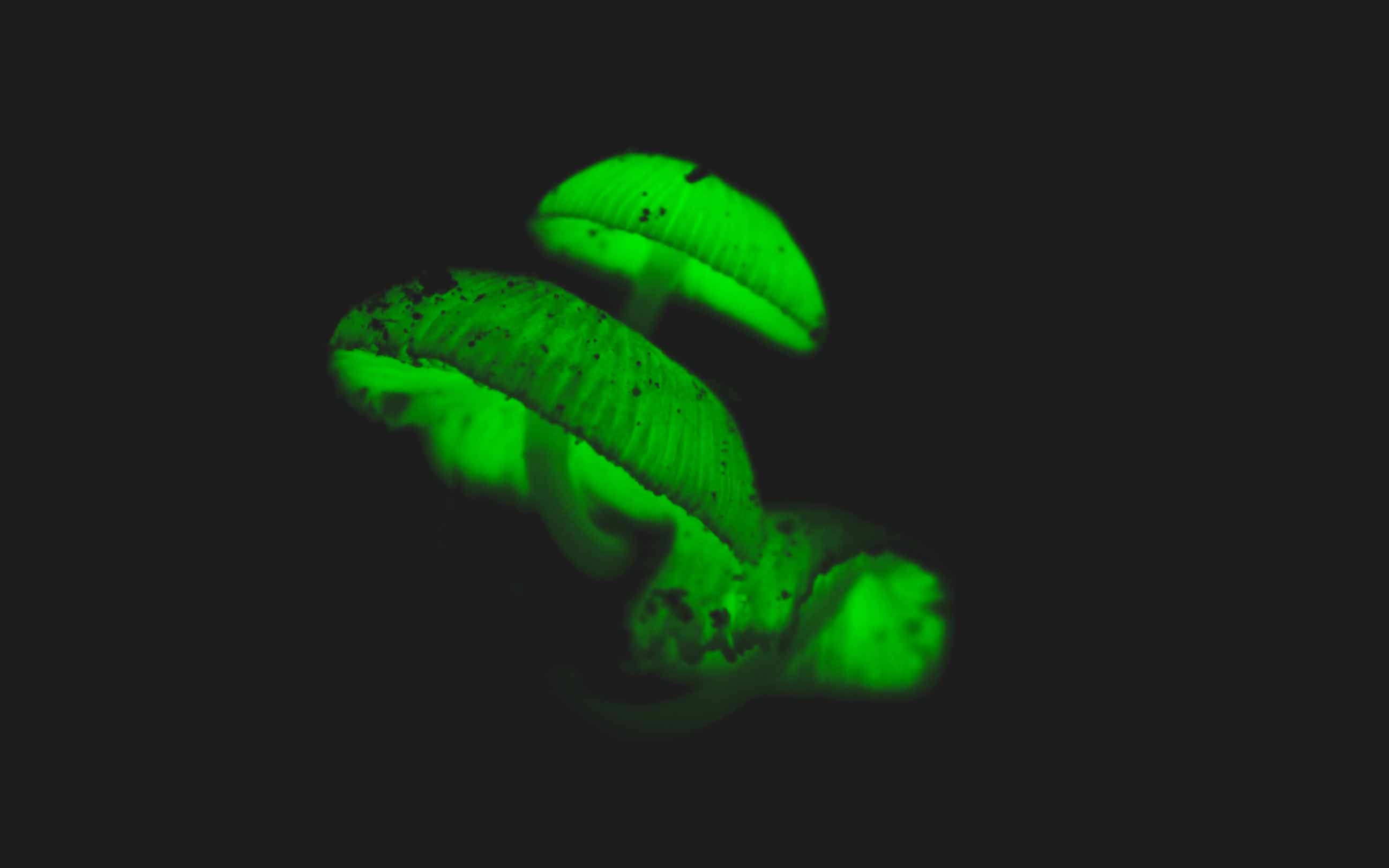Marine Life in Raja Ampat
Raja Ampat's unique marine ecosystem is home to the world's highest biodiversity.
The diversity in this rich archipelago is considerably greater than any other area sampled in the coral triangle. Raja Ampat's reefs are not only incredibly diverse, but also very resilient to bleaching and other diseases. They form the stable base, on which the islands' entire marine ecosystem builds upon.
The high marine diversity in Raja Ampat is strongly influenced by its position.
Forming a relatively narrow channel between the Pacific and the Indian ocean, unimaginable masses of water are forced through the archipelago with every change of tides. This not only is a steady supply of nutrient-rich water, but also distributes fish and coral larvae between the two oceans.
